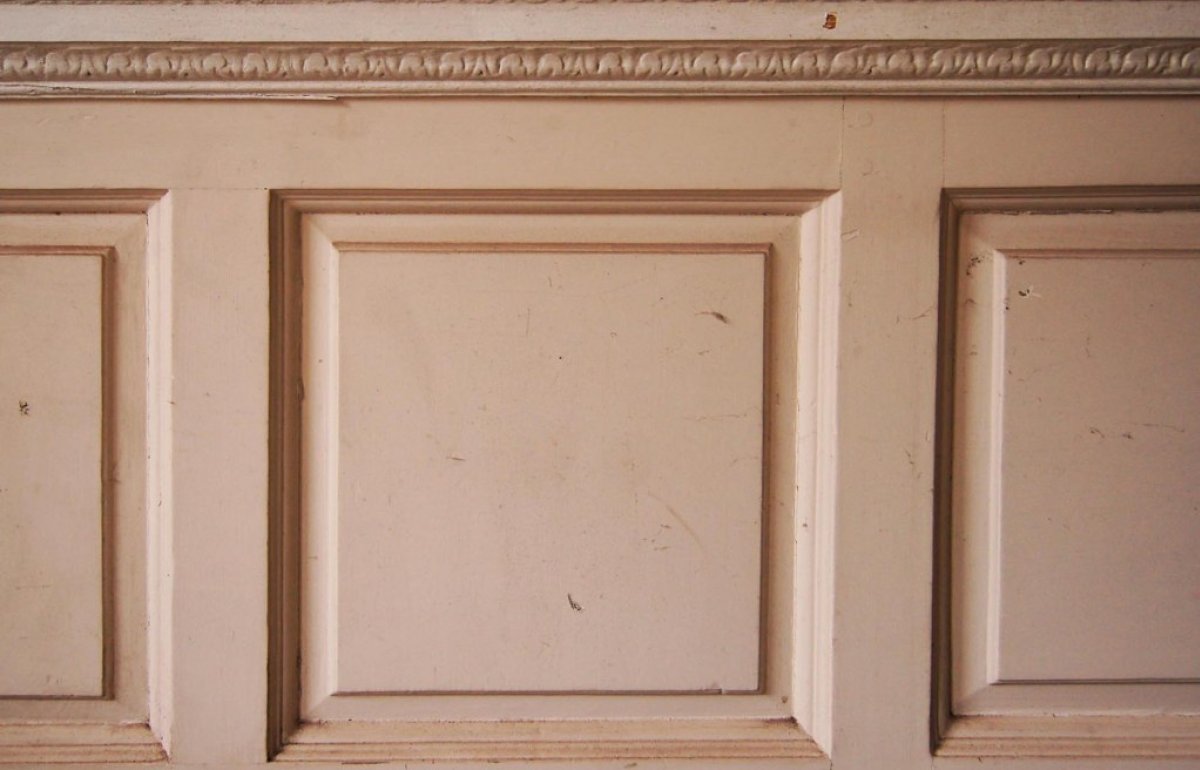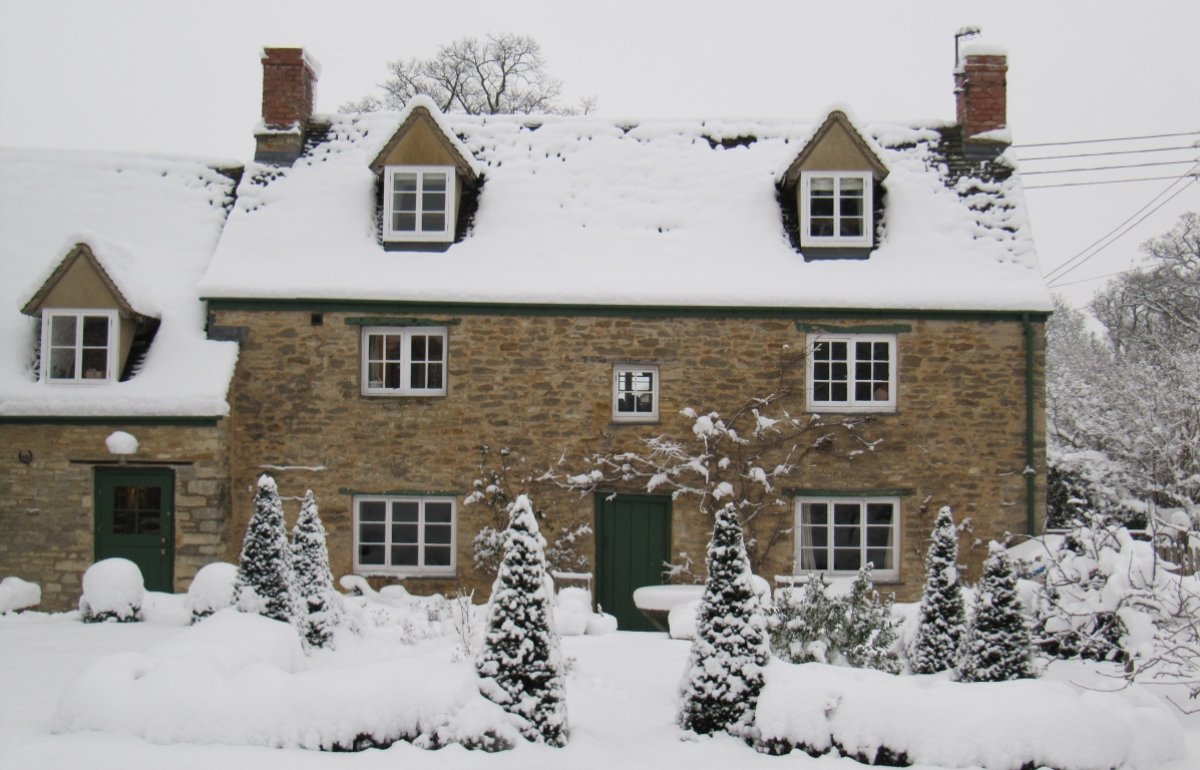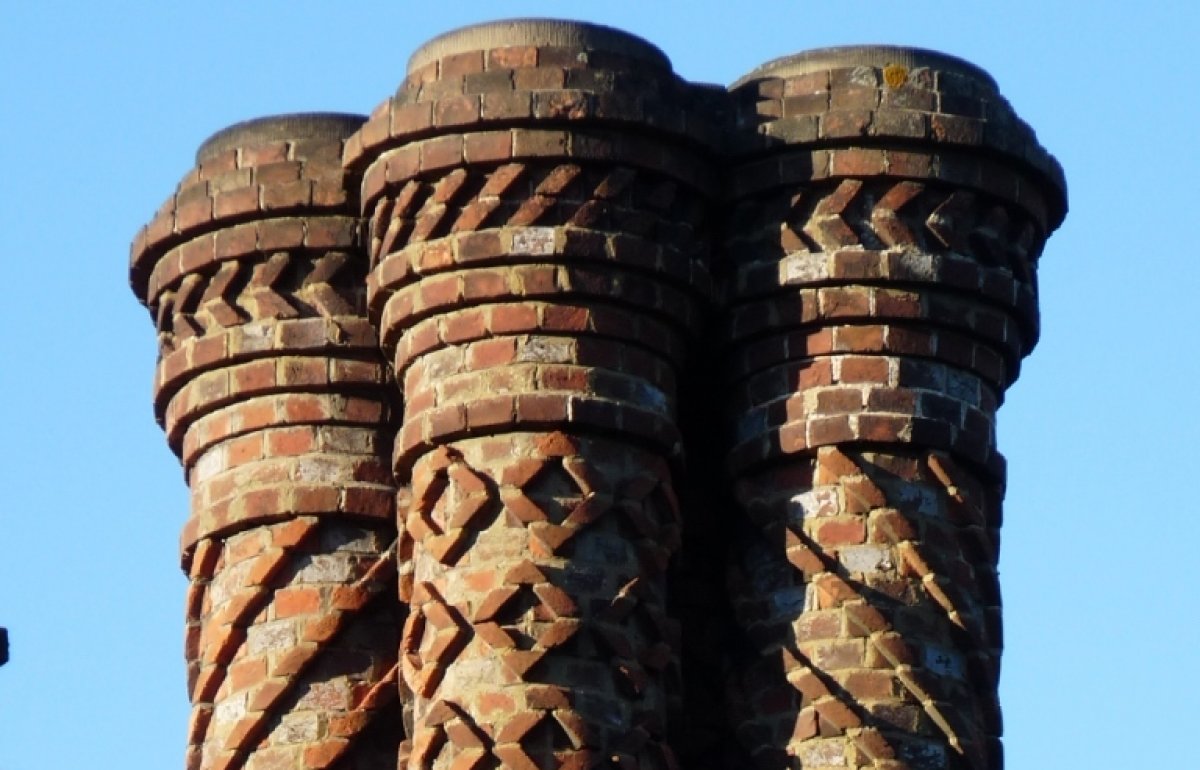Wood-boring insects
Beetles can be a threat to old buildings but sound timbers and old woodworm holes are sprayed unnecessarily when a building changes hands.
What are wood-boring insects?
They are species, including certain beetles ('woodworm'), that feed on wood and may seriously damage building timbers. In the UK, they include the furniture beetle (Anobium punctatum), closely-related death watch beetle (Xestobium rufovillosum) and other, more minor, decay insects such as the house longhorn beetle (Hylotrupes bajulus), which is found in some southern areas. It is the beetle larvae (grubs) that burrow into wood. Eventually the larvae pupate and adult beetles emerge to mate via flight holes or fissures. Females lay eggs in crevices, maybe old flight holes, to repeat the cycle.
Termites, another form of wood-boring insect, could gradually become more prevalent in this country due to global warming.
Why do insects attack timber?
Wood-boring insects, like timber-decaying fungi, only establish themselves where dampness exists. Beetle damage in buildings is usually confined to sapwood, although heartwood is vulnerable too if fungus is present. Sometimes active death watch infestation is inadvertently reported in dry timbers where dust is dislodged from old flight holes, perhaps by building work.
Good preventative maintenance and moisture monitoring can avert dampness and, therefore, ensuing damage caused by wood-borers. However, over-reliance should not be placed on surface readings from electrical moisture meters. False readings may occur, for instance, because of surface deposits or past chemical treatments.
How do I recognise active insect infestation in an old building?
Much beetle attack found in old buildings is extinct. Active outbreaks are identified by holes with sharp rather than round edges, and the interiors and bore dust ('frass') are not dark but the colour of freshly-cut timber. Furniture beetles target both softwoods and hardwoods, producing 1-2 mm wide holes and lemon-shaped frass. In contrast, death watch beetles favour oak and may be recognised by 2-3 mm diameter holes and bun-shaped pellets. Signs may be less obvious with smaller death watch outbreaks as adults sometimes emerge from cracks instead of holes. The distinctive sound death watch beetles make tapping their heads on timber in the springtime during courtship may, nevertheless, reveal their presence.
Where signs of beetle activity are ambiguous, this can be resolved by monitoring for a year. Water-soluble glue is used to cover a group of holes with acid-free tissue paper, through which beetles will punch their way if present. Alternatively, holes can be clogged with wax polish.
What's the solution for insect attack in an old building?
Because dry timber is immune to attack, the first measure for successfully arresting its decay is to eliminate all causes of dampness and promote drying to reduce its moisture content to below about 15%, for example, by controlling condensation. Major damage could necessitate conservative timber repairs but avoid automatic wholesale replacement.
Secondary measures may be required, particularly where infestation is extensive, timber lacks durability or it is hard to cut moisture levels sufficiently. Action could entail targeted chemical treatment - but not as a substitute for promoting drying, or general precaution for extinct or non-existent outbreaks merely to obtain a guarantee. Alternatively, heat treatments for entire buildings are now possible. In some situations, traps using pheromones or ultraviolet light may also help reduce furniture or death watch beetle populations respectively, without preservatives.
Where advice is sought, this should be from an independent chartered surveyor or consultant, not a remedial treatment contractor.
Is trimming back beetle-damaged timber in an old building a good idea?
Often not. Unfortunately, degraded surface material continues to be removed (‘defrassed’) without good reason, by cutting, scraping or sandblasting. The intention is commonly to allow chemical treatment of the underlying heartwood but this is frequently not at risk and accepts preservatives much less readily than the sapwood removed. Serious mutilation can result.
Similarly, sanding can harm the historic value of timbers and, in addition, expose a ragged mess of beetle runs.
English Heritage (2012) Timber, Practical Building Conservation, Farnham: Ashgate Publishing Ltd
Oxley, R (2017) Is Timber Treatment Always Necessary? An Introduction for Homeowners, 2nd edition, London: SPAB
Ridout, B (2015) Timber Decay in Buildings and its Treatment, Broome: Scientific and Educational Services Ltd



